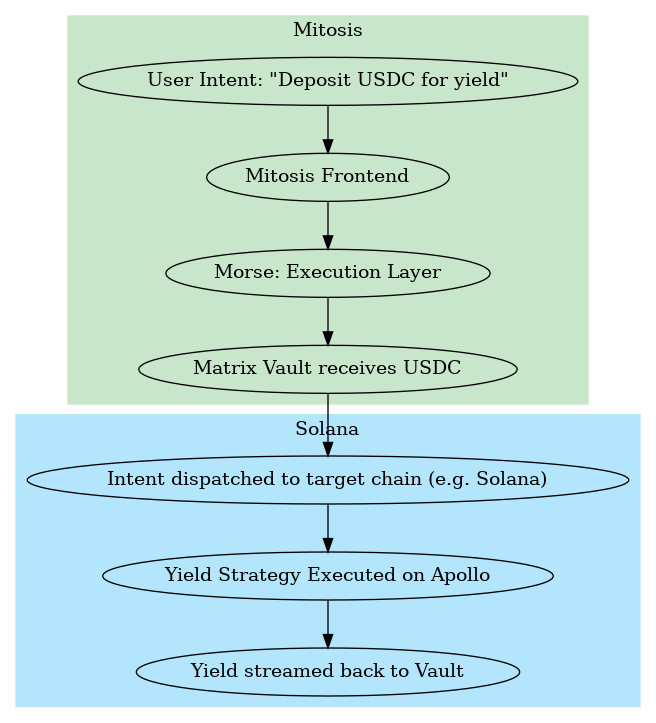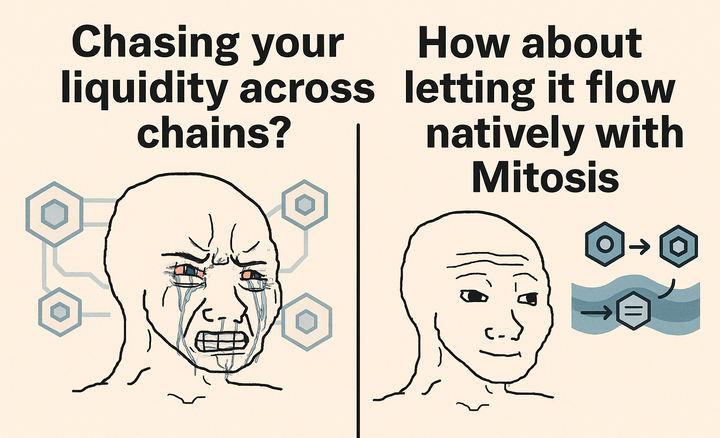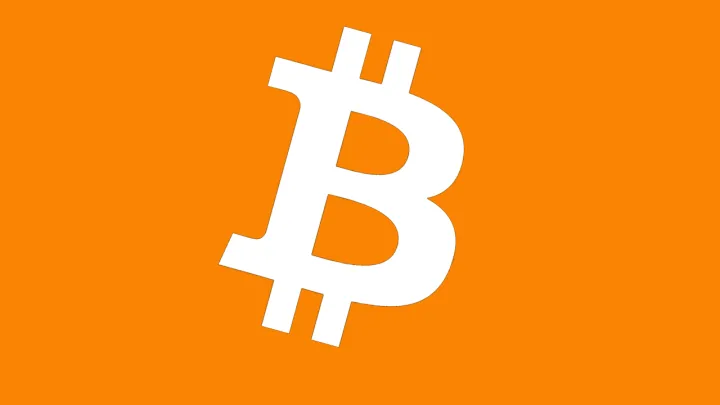Intent Routing in Modular DeFi: Why Execution Layers Will Define UX in 2025

Introduction
In 2025, DeFi is shifting from click-heavy interfaces and complex wallet workflows to something radically smoother: intent-based user experiences (UX). This new paradigm abstracts away transactions, gas, and routing logic—allowing users to simply declare what they want, and let solvers determine how to get there.
At the heart of this UX revolution lie modular execution layers—like Mitosis and Hyperlane—that fulfill user intents across chains. In this article, we explore why intent routing is a foundational primitive for DeFi's future, how Mitosis leverages it, and why modular execution layers will define user experience in a multichain world.
What is Intent-Based UX?
Intent-based UX represents a shift from direct user transaction management to abstracted goal-based logic. Rather than signing 5 sequential transactions, a user submits an intent: e.g., “I want to earn 5% APY on USDC with low risk.” The system determines optimal routing, yields, and execution paths.
Why this matters:
- Simplified UX: No bridging, signing, or protocol-hopping.
- Composable Goals: Users can stack strategies (e.g., swap + stake + auto-reinvest).
- Solver Ecosystems: Protocols compete to fulfill user intents most efficiently.
Leading projects embracing this model include UniswapX, CowSwap, Anoma, and now Mitosis.
Mitosis & Morse: Modular Intent Execution in Action
Mitosis brings intent-based UX to cross-chain liquidity routing. Here’s how:

Key Components:
- Matrix Vaults: Accept deposits and tokenize them (vanillaUSDC).
- Morse: Middleware layer that interprets, routes, and fulfills user intents.
- Intent Layer: Interfaces with target protocols (e.g. Apollo RWA pools) across chains.
Mitosis’s modular design, built with intent logic at the core, allows for seamless routing, gas abstraction, and trust-minimized yield.
Hyperlane’s Role: Interchain Intent Coordination
Hyperlane’s Open Intents Framework enables interoperability across fragmented ecosystems. In a future where each app lives on its own rollup, cross-rollup intents need to flow permissionlessly.

Hyperlane enables:
- Collaborative solvers to compete on execution.
- Cross-chain delivery of execution receipts.
- Composability of intents across chains.
Combined with Mitosis, this stack enables gasless, UX-friendly, secure liquidity routing.
Why Execution Layers Define UX in 2025
Execution is UX. The winners of DeFi in 2025 will be those who remove complexity without compromising trust. Here’s how modular intent-based execution is reshaping the UX battlefield:
| Property | Legacy UX | Intent-Based UX |
|---|---|---|
| Signatures | Multiple per flow | One intent submission |
| Gas Management | Manual | Abstracted |
| Chain Switching | User-controlled | Solver-managed |
| Failure Handling | Exposed to user | Solver responsibility |
Projects like Mitosis are abstracting these friction points while allowing protocols to compete in fulfillment—ushering in a new UX standard.
Conclusion
As DeFi scales across chains, execution layers—not frontends—will define the user experience. Mitosis, Morse, and Hyperlane represent a new stack: modular, intent-driven, and UX-optimized. Intent-based routing will not only reduce friction but unlock new forms of strategy composition and solver competition.
For users, the future means fewer clicks, better outcomes, and invisible complexity. For developers and protocols, it means building logic around what users want—not just what contracts can do.
Resources and References
- Mitosis University (2025). Intent-Based Execution in Mitosis
- Hyperlane (2024). The Open Intents Framework
- Hyperlane (2024). Hyperflow: Collaborative Intents
- TDeFi (2024). How Intent-Based UX Can Transform DeFi Platforms



Comments ()